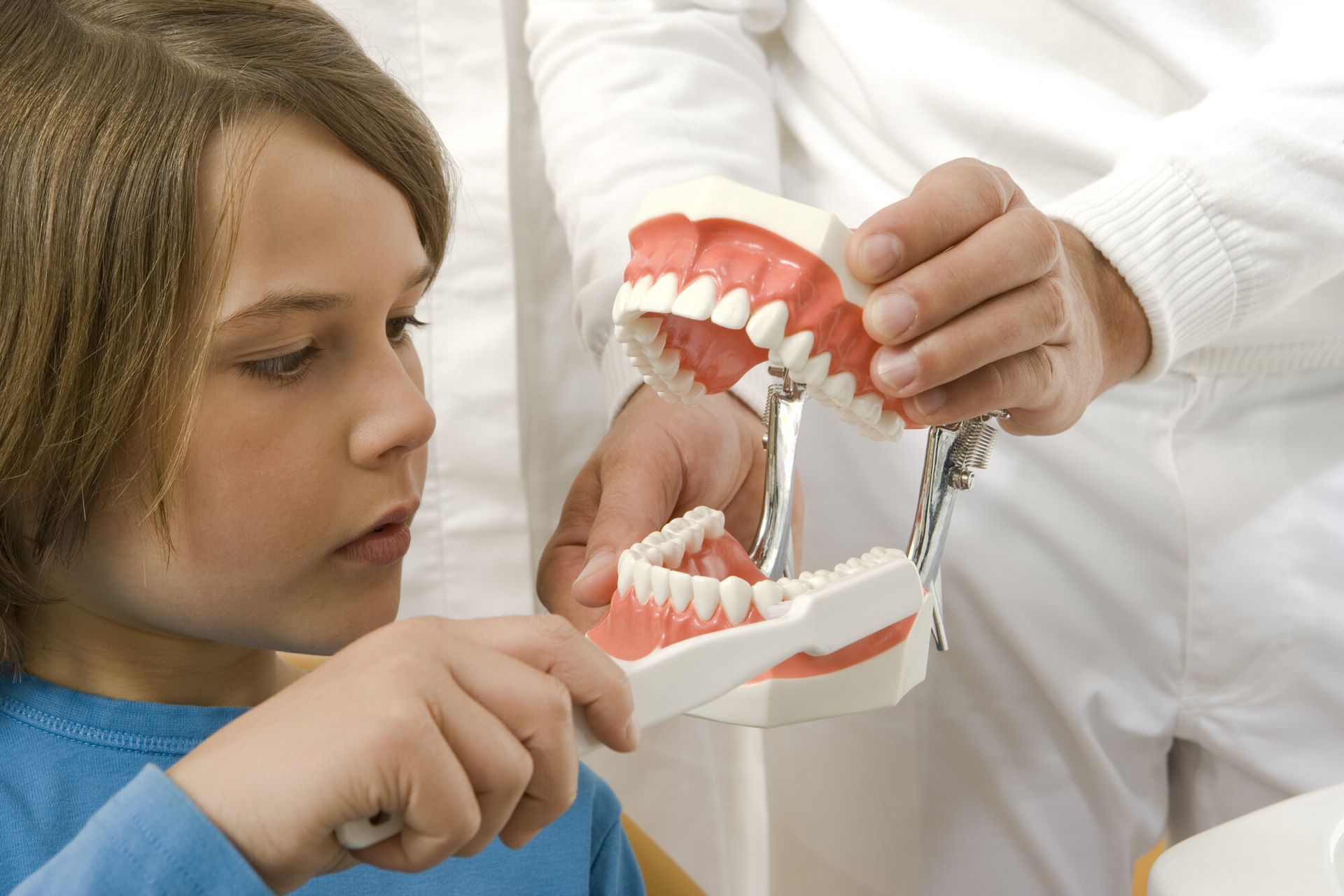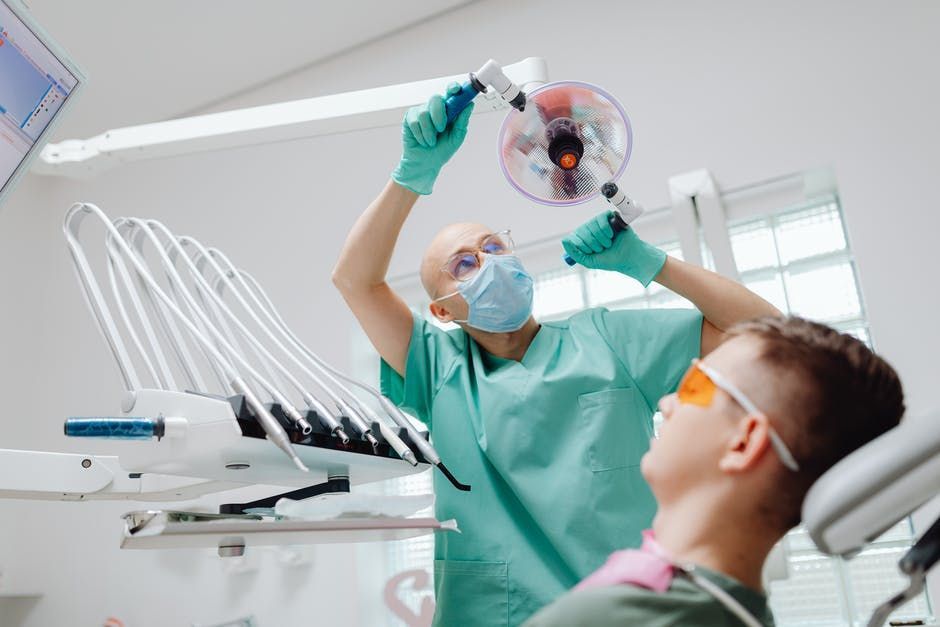What Are Spacers for Teeth?
First impressions matter, and the confidence of a good smile can do wonders for kids as they grow. 45% of children need orthodontic treatment at some point in their lives to increase that confidence.
As a parent in South Jersey, ensuring your child has the best dental care can feel overwhelming. One essential tool in pediatric dentistry that you might not be familiar with is spacers for teeth.
Let's explore what these small but mighty devices are and how they can significantly improve your child's dental health.
What Are Spacers for Teeth?
Spacers for teeth, also known as dental spacers or orthodontic spacers, are tiny devices placed between your child's teeth. They're usually made of rubber or metal and serve a crucial role in orthodontic treatment.
The primary purpose of spacers is to create space between teeth, which is necessary to fit orthodontic appliances like braces or expanders.
Without spacers, placing these devices would be difficult and uncomfortable. Spacers help prepare your child's mouth for the next steps in their orthodontic journey.
Types of Dental Spacers
There are two main types of dental spacers: rubber and metal. Each type has its unique uses and benefits in orthodontic care.
Rubber spacers are small, elastic rings that fit snugly between your child's teeth. They are commonly used for short-term spacing, usually for a week or two. Rubber spacers are flexible and can be more comfortable for children.
For instance, if your child's orthodontist plans to place braces soon, rubber spacers might be used to create the necessary space quickly and comfortably.
On the other hand, metal spacers are tiny metal rings or bands that also create space between teeth. These are typically used when more durable spacing is needed. Metal spacers are often chosen for longer-term treatments or when the teeth need to be moved more significantly.
If your child needs a palatal expander or other long-term orthodontic appliances, metal spacers provide the strength and stability required for treatment.
Your child's orthodontist will decide which type of spacer is best based on the specific needs of their dental treatment plan.
How Do Orthodontic Spacers Work?
The process of placing orthodontic spacers is straightforward and usually quick. During your child's appointment, the orthodontist will first clean and examine their teeth. Then, using a small dental tool, they will gently insert the spacers between the teeth that need spacing.
Rubber spacers are stretched and slid into place, while metal spacers are pressed between the teeth. Your child might feel some pressure or discomfort as the spacers are positioned, but this is normal and typically subsides within a day or two.
Once in place, spacers work by creating a small gap between the teeth. They apply constant, gentle pressure on the teeth, encouraging them to move apart slightly.
Spacer Benefits for Children's Dental Health
Spacers for teeth offer several key benefits that can greatly improve your child's dental health. These benefits go beyond just making room for braces.
One major benefit is preventing teeth from misaligning. By creating space between teeth, spacers ensure new or incoming teeth have enough room to grow correctly. It prevents overcrowding, which can lead to crooked teeth and bite issues.
For example, if a child loses a baby tooth early, spacers can keep the space open for the adult tooth to come in properly.
Spacers also help with better oral hygiene. When teeth are too close together, it can be hard to clean between them. Crowded teeth increase the risk of:
- Plaque
- Cavities
- Gum disease
Spacers can reduce pain and discomfort from crowded teeth. For instance, a child with tightly packed teeth might feel pain when new teeth try to come in. Spacers relieve this pressure by creating room and reducing pain.
Common Questions About Teeth Separators
Parents often have many questions and concerns about teeth separators or spacers. Here are some common questions answered to help ease your worries:
Do Spacers Hurt?
Your child might feel some pressure or mild discomfort when spacers are first placed. This is normal and usually goes away within a few days. Over-the-counter pain relievers can help manage any initial soreness.
How Long Do Spacers Stay In?
Spacers typically stay in place for about one to two weeks, depending on the specific needs of your child's treatment. The orthodontist will remove them once there is enough space for braces or other dental appliances.
What Can My Child Eat With Spacers?
While your child has spacers, they should avoid sticky or hard foods that could dislodge the spacers. Foods like gum, caramel, and popcorn are best avoided.
Instead, opt for softer foods like pasta, yogurt, and applesauce to keep your child comfortable.
How Should My Child Care for Their Teeth With Spacers?
Maintaining good oral hygiene is important. Your child should continue brushing twice daily and flossing, but they might need to be gentle around the spacers.
Special orthodontic floss can help clean in between the teeth without disturbing the spacers.
Can Spacers Fall Out?
Sometimes, spacers can fall out if the space between the teeth becomes large enough. If this happens, contact your orthodontist. They might need to replace the spacer or determine if it's done its job and can be left out.
Are Spacers Necessary for Everyone Getting Braces?
Not every child needs spacers before getting braces. The orthodontist will determine if spacers are needed based on your child's specific dental situation.
If there isn't enough space between the teeth for braces, spacers will be used.
The Importance of Spacers for Teeth
Spacers for teeth are a vital part of many orthodontic treatments. They help prevent dental issues and ensure your child's smile stays healthy and bright. By creating the necessary space, spacers make room for braces and other dental appliances, improving overall dental health.
At South Jersey Pediatric Dental in Vineland, we specialize in making dental visits a positive experience for children.
As one parent shared, "My son was particularly afraid of the dentist, and he has been getting more comfortable each visit."
Our welcoming and friendly staff are here to ensure your child feels comfortable every step of the way.
Schedule an appointment today to see how we can help your child achieve a healthy, beautiful smile.











